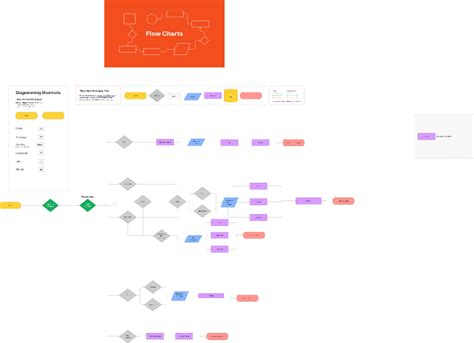Create an account account with Solan with Web3.JS V2 and staking.sol
Solana is a fast, safe and decentralized blockchain network that allows to create applications based on tokens. One of its key features is the management management, allowing users to participate in the network validation process by locking their tokens in a “share”. In this article, we will guide you through the process of creating shares to Solana via web3.JS V2 and staking.
assumptions

Before we start, make sure you have:
- Solana node installed (eg Solana CLI)
- Solana’s wallet installed (eg Solana Explorer or Solan CLI)
- Package
@solana/Web3.jsinstalled in your project (version 2.12.0 or later)
Install addiction
You must install the following addictions to create an account:
`Bash
NPM Installation @Solana/Web3.JS Sting.sol
`
Create an account with a outage
Catering Agreement is responsible for the management of shares. Here is an example of how to create a new deposit account:
`Javascript
Const {web3} = require (‘@solana/web3.js’);
Const {staking} = require (‘sting.sol’);
Const Web3 = New Web3 ();
// Create a new solana node and set the URL of the cluster (eg “
Const Clusterurl = ‘
// Create a new account
Async function CreatestakeacCount () {
Const Stingprogramide = ‘Your Entry Program-ID’; // replace your Insert ID ID
Const Keypair = Acait Web3.GETKEYPAIR ();
Const Accounts = [Web3.KeyPair];
try {
Const {lamports} = awaits stakingprogram.CreatestakeacCount ({{
accounts,
Lamportlimite: 1000000,
Stakeamount: 10000, // Example of the deposit in LAMS
});
Console.log (“The deposit account successfully created!”);
} Catch (Error) {
Console.error (Error);
}
}
CreatestakeacCount ();
`
In this example, we create a new contribution account by calling “CreatestakeacCount”. Let’s go through the Options object with the following features:
Lamporlimit: sets the maximum number of lamports that can be spent on storing or withdrawing tokens
Stakeamount: Set the initial quantity of LAMS to lock in your account overlook
configuration staking.sol
Catering Agreement is responsible for management management. To configure prosecution, you will need to create a new “staking” instance and set its options:
`Javascript
Const {staking} = require (‘sting.sol’);
// Create a new account configuration object
Async function CreatestakeConfig () {)
Const Stingprogramide = ‘Your Entry Program-ID’; // replace your Insert ID ID
Const Keypair = Acait Web3.GETKEYPAIR ();
Const Accounts = [Web3.KeyPair];
try {
Const {Lamports, Stakeamount} = OCAIT STAKINGPROGRAM.CREATESTAKONFIG ({{
Stakingprogramide,
accounts,
});
Console.log (“Successfully created a deposit configuration!”);
} Catch (Error) {
Console.error (Error);
}
}
CreatestakeConfig ();
`
In this example, we create a new “staking” instance and call “CreatestakeConfig” to set up its options. Let’s go through an object with the following features:
Stakingprogramid: Set your Insert ID ID
Accounts: Set the accounts that are used to manage shares
Test the deposit account
You can use Solan CLI to test your account:
`Bash
Solana Deposit
`
Replace
Conclusion
In this article, we went through the process of creating shares to Solana via web3.JS V2 and Sting.sol contract.


 Cart is empty
Cart is empty 

![Ethereum: Where can I learn how to build a blockchain from scratch? [closed]](https://birthdayforests.org/wp-content/uploads/2025/02/fc914e25.png)

